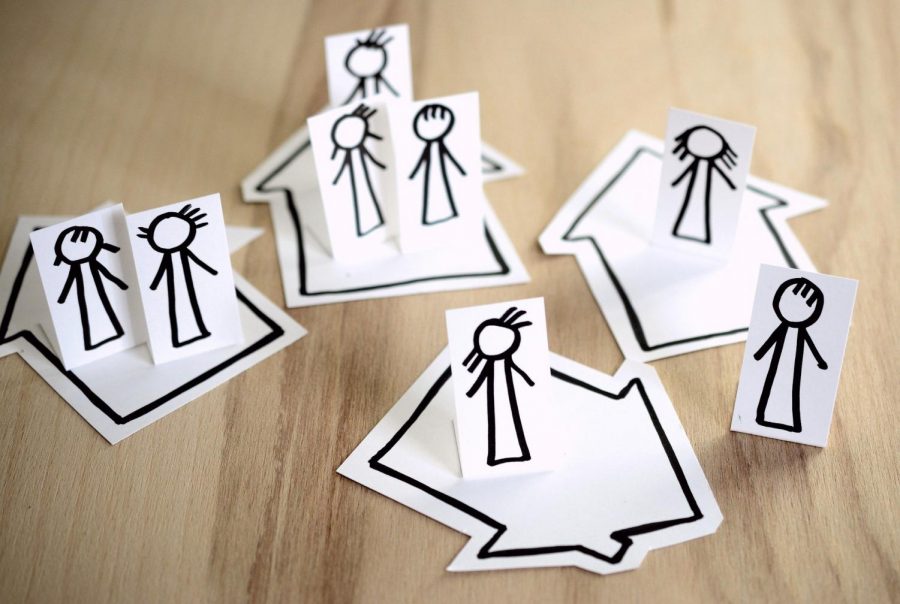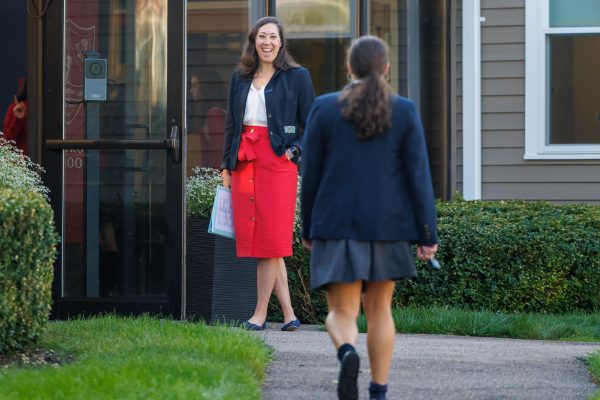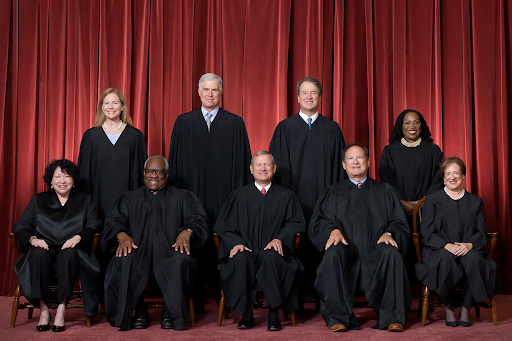Global Responses to COVID-19: The US vs. India
The outbreak of COVID-19 has rattled the world into taking appropriate measures of caution to flatten the curve of infection and ease the burden on healthcare systems. From China to Italy to the US, the novel coronavirus has changed the daily lives of many. Since we live in Massachusetts, we know how MA residents are dealing with COVID-19, but many of us have been too busy adapting to our new ways of life to know how other states and countries are dealing with the coronavirus. Since we both have relatives in India, we decided to investigate the differences between the response to the novel coronavirus in America and in India.
The United States
Currently in the United States, both national and statewide legislation has been enacted to control the pandemic. President Donald Trump first addressed the nation on COVID-19 on March 11. Since then, the president has declared a national emergency. This has allowed him to take necessary measures such as ordering ventilators and other medical supplies to help with treatment. He has also issued semi-restrictive travel bans to countries around the world to prevent international spreading. Additionally, research labs and the Centers for Disease Control and Prevention (CDC) have been vigorously studying the virus to provide more information to the public. Reports claim that the vaccine for the virus may take a year to a year and a half to be fully developed, tested, and released for public. In addition to the measures from the White House, the Senate passed a $2 trillion stimulus package last Wednesday morning to help control the pandemic and support the economy. As the biggest stimulus package in US history, the money will spread throughout the country to help running systems operate, but a majority will be used to bolster the strength of health insurance aid and treatment for patients of COVID-19. Furthermore, the stimulus package has covered the cost of all testing, specifically for those exhibiting severe symptoms.
States are also taking action to control the pandemic, especially as the severity of the situation grows. In New York, Governor Andrew Cuomo has scouted sites for temporary hospitals to develop, instituted a volunteer system for professionals, and has provided necessary supplies such as a state-branded hand sanitizer to individuals and hospitals. In California, residents are under lockdown with the exception of obtaining groceries and necessities. In our state of Massachusetts, Governor Charlie Baker has issued a stay-at-home advisory and ordered the shutdown of all non-essential businesses. Gov Baker has also ordered that schools stay closed until May 4.
India
On March 22, just a week ago, Neha’s uncle traveled back to her family in Hyderabad, India. He was on one of the last flights back to India. He had made this plan to travel back to India almost a year ago, and COVID-19 did not stop him. At first, Neha’s family in India freaked out. Her grandparents, aunt, and cousins live together in an apartment, and they did not know where to quarantine her uncle. But, the apartment complex that her family lives in offered to give her uncle a guest apartment. So, her uncle took a taxi from the Hyderabad airport to the apartment and isolated himself in the guest apartment. In the following week, two sets of government officials came to visit him. First, two Greater Hyderabad Municipal Corporation officers came, then a few days later, two Hyderabad Health Department nurses visited. The officials did not enter his room, but asked, through the door, how he was feeling. So far, he does not have any symptoms except boredom (he doesn’t have a TV in his room). He is doing fine and cannot wait to leave isolation.
As for India’s response to the coronavirus, the Prime Minister Narendra Modi issued a three-week lockdown of the entire country that started on last Wednesday, March 25. People are advised to stay at home, just like we are. Many people are working from home and are still paid their usual salaries. Tax payment, loans, credit card payments, and other financial commitments have been postponed for 3 months. PM Modi also has a plan to aid migrant workers, domestic servants, and factory workers, who are prominent in Indian society: each worker will receive 500 rupees ($7 in US Dollars) a month in addition to their regular salaries, which will still be paid by their employers, and will receive amounts of basic food.
As for the direct government response, there exists certain measures of doubt in credibility. The Bharatiya Janata Party (BJP), the largest political party in India, has offered bizarre explanations of cow feces and herbal concoctions as the cure to COVID-19. WhatsApp, a widely used messaging platform in India, has overseen a mass sharing of videos containing false information about the virus, leading Indians into a state of panic for the wrong reasons. To counter spreads of misinformation, scientists and the federal government have issued fact-checking websites and public announcements to ensure accuracy about COVID-19.
There are currently over 130,000 confirmed cases of COVID-19 in the United States and there is a national death toll of around 2,330 deaths. In India, there have been 1,023 confirmed cases of COVID-19 and 27 deaths, but it is an area of high risk since it is the second most populated nation. It also tends to be densely populated in specific regions, such as slums and big cities, like Mumbai. Sandya Mansoor, writer for the TIME Magazine, said: “Analysts also say that enacting strict social distancing measures, like the widespread lockdowns and quarantines used in Italy and China, would be almost impossible in India’s many rural and overcrowded regions. Those living in poverty would likely be among the hardest hit in a potential widespread outbreak as much of India’s privatized health care system is expensive and public hospitals are overwhelmed and often sub-par.”
Regardless of your location, please be sure to practice social distancing and be aware of your surroundings to make sure you are keeping yourself and your family safe. To learn more about COVID-19 and how to stay safe visit CDC on Coronavirus. To learn more about how the federal government or state governments are dealing with the COVID-19 outbreak visit USA Gov.
Sources
https://www.govinfo.gov/features/coronavirus
https://www.ncsl.org/research/health/state-action-on-coronavirus-covid-19.aspx











